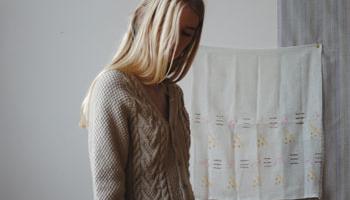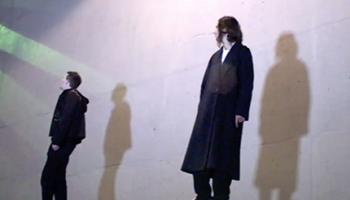
The first piece of advice— “always reverse into a park” was hypothetical. I wasn’t yet old enough to drive a car, however I regularly hear his voice in my ear over the 30 or so subsequent years I’ve been driving.
The second was related to the first: never sit with your back to the door. My father had grown up in a tough north London street after the war, in a terrace house at the back of the Arsenal football ground. He didn’t talk much about his childhood and I had a confused view of it pieced together from occasional anecdotes: torn squares of newspaper spiked on a nail in the grim outhouse, that served three families; the pea-souper fogs that blackened your nostrils; the tin bath on the kitchen floor on a Sunday night. The cockroach that crawled out of his school bag on his first day at grammar school.
My brother and I had grown up, by contrast, middle class and trans-national, in the world that briefly opened up for bright working-class children like my dad—and their eventual offspring—in Britain after the Education Act of 1944. A gateway to a world that has narrowed considerably since then. Dad looked at me levelly when I asked him why you should never sit with your back to the door. “In case trouble comes through it”.





